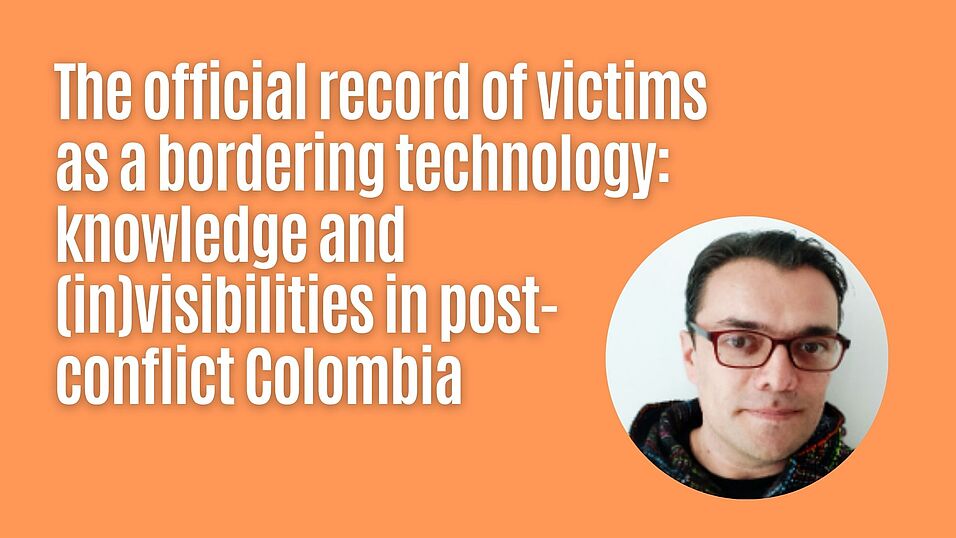Abstract:
Following the regulations dictated by the Law of Victims in 2012, representatives of the Colombian government have engaged in the task of registering and compensating victims of human rights perpetrations as a result of war violence. These registration procedures, mostly processing the applications of people on the move inside the national territory, are consolidated in the Official Record of Victims (RUV). The RUV enjoys international visibility as an exemplar project of post-conflict reparation and technological success of state bureaucracy. This success, however, relies upon overlooked material practices of inscription and assessment involved in processing the statements of millions of applicants. Whereas the RUV enacts boundaries of rights restitution as a state project, ethnographic excerpts about its inscription practices, assessment procedures, and data production rubrics complicate the broadly promoted success of post-conflict reparation. As other bordering technologies, the RUV demarcates boundaries of inclusion and exclusion by enacting visible forms of identification, of which Internal Displacement is a predominant part. In this process, the forms and assessment practices prioritize applicants' narrations that are consistent with the official version of the armed conflict, while also making invisible divergent accounts that contest it.
You can read the full article here.

